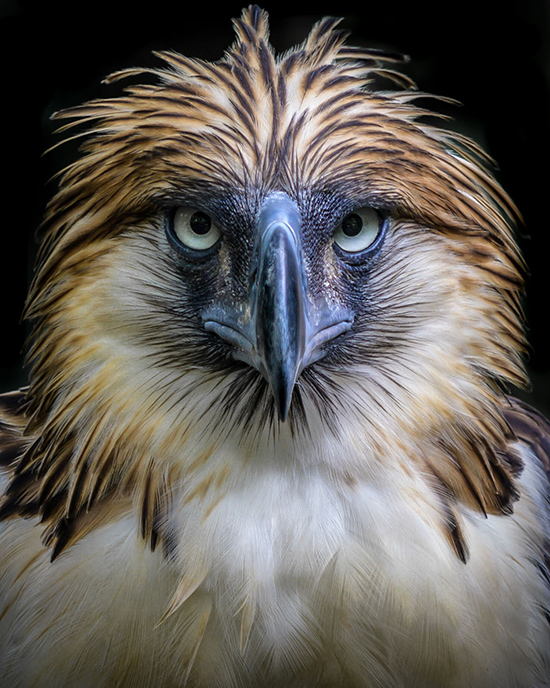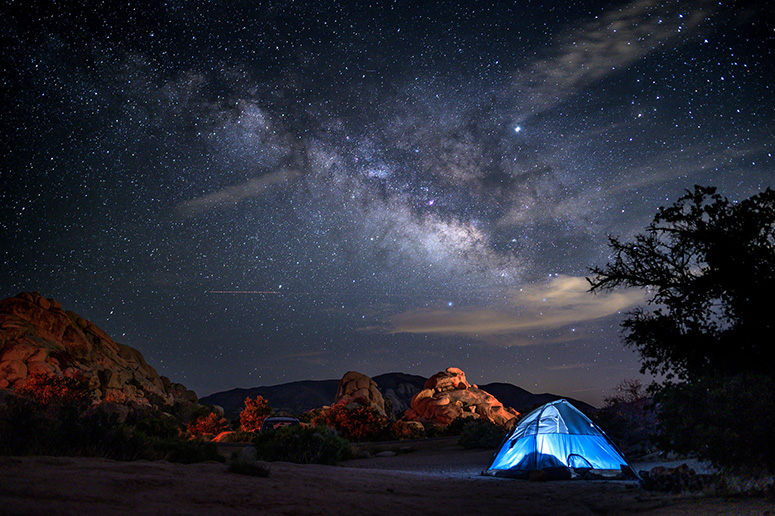Gab Mejia’s pictures paint a thousand words
Now on his last semester in the University of the Philippines Diliman studying Civil Engineering, with research on environmental engineering, Gab Mejia is way ahead of his time. He was recently on Forbes’ “30 Under 30 Asia 2021” list.
In January 2019, Gab was awarded an early career grant by the National Geographic Society based in Washington, DC. He then officially became a National Geographic explorer and started working on different storytelling and conservation projects.
His work has been published by National Geographic, CNN, Nikon, WWF, the United Nations Development Programme, and other international platforms. He is also the co-founder of Youth Engaged in Wetlands, a global youth network advocating the conservation of wetlands and natural climate solutions around the world. He has presented stories on the environment in several TEDx talks.
Asked what made him want to be a conservation photographer, Gab replies, “My father and mother immersed me into the world of art and nature through local hikes, the encyclopedia, and magazines such as National Geographic. I saw the destruction and changes that are happening in the same mountains, wetlands, and islands I grew up visiting. I realized how I needed to do something as part of the generation who will be inheriting this planet, and so I dedicated my life and career to my love and passion for photography and nature as a conservation photographer.”
Our country is graced with an abundance of local wildlife, natural resources, and valuable culture that we need to be proud of. Only when we can give justice to these stories of both our past and present, then can we see the way forward to our future.
“Unfortunately, there aren't so many role models in conservation photography in the Philippines, so much of my inspiration in conservation photography came from international conservation photographers such as Ami Vitale and Michael ‘Nick’ Nichols,” reveals Gab. “However, in conservation work, one of my mentors, who I am really grateful to, is Dr. Gideon Lasco, who has helped me throughout my journey to gain a deeper appreciation for the natural world.”
Read on as Gab Mejia shares with us his experiences as a conservation photographer.
Growing up, I was always told by adults that the only way to a successful life was to get into a good school, earn a degree, and to work as an engineer, doctor, or lawyer your whole life; that your dreams begin after college, living a profession.
I’ve always disagreed with it at a certain point, only coming back home to realize that they were right, not because that is the only way, but because you learn so much from it — you learn the value of working hard for what you want.
We need more storytellers in the Philippines.
Our country is graced with an abundance of local wildlife, natural resources, and valuable culture that we need to be proud of. We have so many stories of inspiring people and important creatures that need to be shared to question our understanding of who we are and what we are ought to be as a nation. Only when we can give justice to these stories of both our past and present, then can we see the way forward to our future.

There is power in visual storytelling.
This is one of the greatest tools we can use to drive change by sharing important stories through photographs, words, and even motions that people can relate to — a connection through art.
Photography and art should not just be appreciated but valued.
Working as a photographer in the Philippines can be quite a disillusion for many, as photographers and artists are underpaid in the work that they create.
Failure is part of the journey.
There will be many times when you will get rejected in photo grants and opportunities to build your career. However, we should always learn how we could improve in our profession. Never give up, as your time will come if you keep creating and sharing your work.
Don’t find your purpose; be purposeful.
This was one of the greatest lessons that I have learned working early on in my career as a National Geographic Explorer and photographer. There will be many times when you will feel lost in getting to where you want to be.
The important part is by working through small acts in which you can contribute to your own local community and backyard, as these will be the foundations for what will drive you further.

Anyone can be a great photographer, but not anyone can change the world with it.
Impact is the true essence of what you create, whether it may be in giving awareness to an environmental issue, pushing forward your advocacy, or empowering the communities you document and work with. Always look beyond your images and stories by hoping that what you create can hopefully empower and inspire others.
Not everything is as good as it seems.
Even if my work allows me to travel to different places, all of this entails heavy sacrifices such as losing time with your family and friends, having no real home to call your own, and sometimes missing out on the simple things in life.
Working as a conservation photographer and National Geographic explorer is indeed a privilege with compromises, but I do hope that many more Filipinos will pursue such a course in life.

Community is the greatest thing you can invest in
I honestly don’t know what I would do without my family, friends, mentors, and organizations that I have met along this path in my career and life. They are the real inspirations in my life as they drive me to continue on my passion despite the doubts if my work is actually driving any change to society.
The shared dreams and goals of my community is my greatest strength in this mountain I call life. For that, I am always grateful.
Never stop exploring.
There are so many paths and places one can tread into to learn not just about the world, but oneself. Exploration is not just about mapping uncharted islands nor discovering the unknown, but a way for one to push beyond their limits and competencies to reach their utmost potential.
It is true that the world and the self can be as cold and relentless as they are, but only when we embrace such strife can we see that the world has so much to offer.



